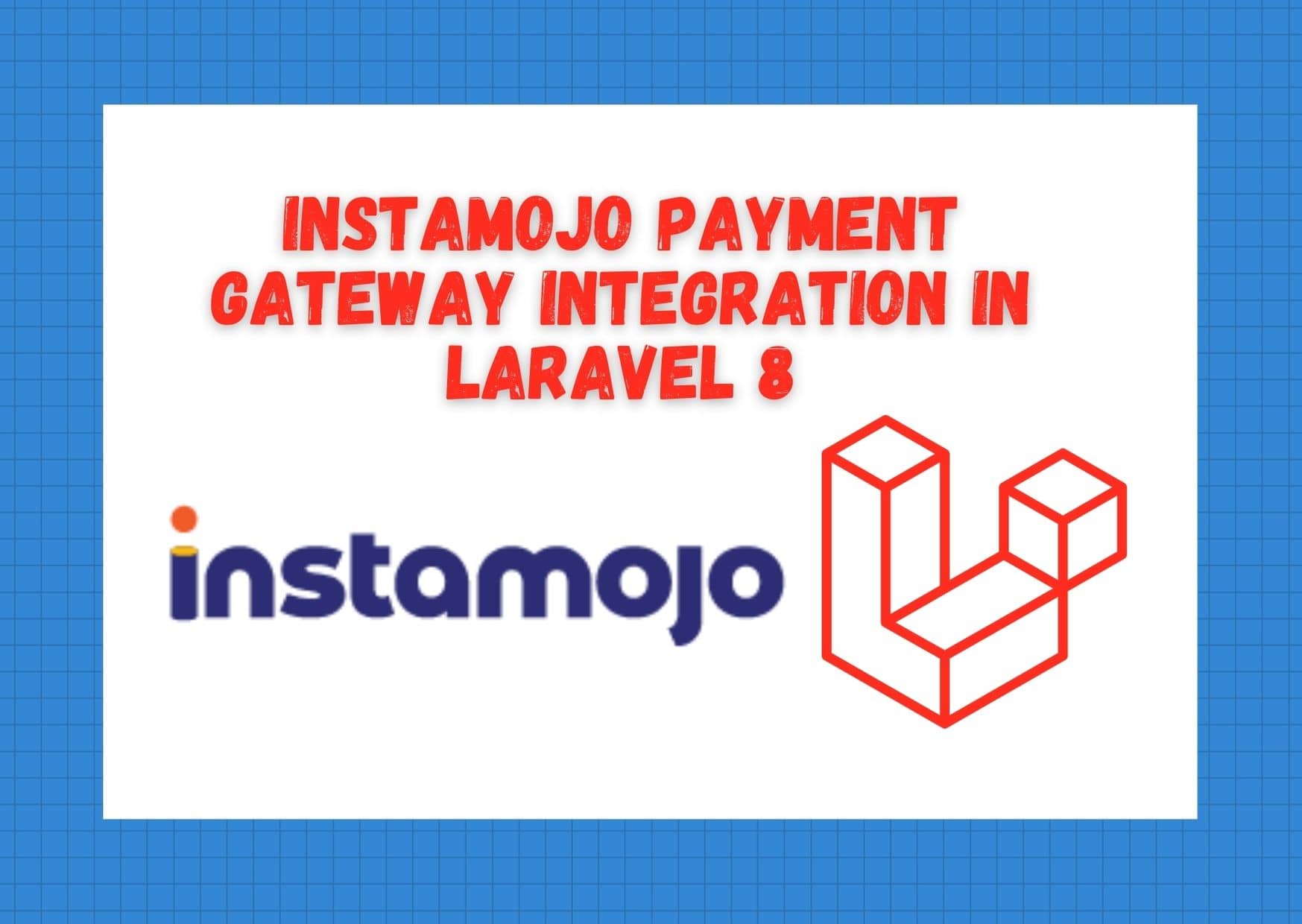CRUD Operations In Laravel PHP Framework
Today we learn CRUD operations in laravel. CRUD (Create, Read, Update, Delete) This is very necessary for any project. stands as a basic requirement for any Laravel project. new developers must first learn simple CRUD operations in laravel as they are fundamentals of any Laravel application.
There are many CRUD generator packages of Laravel available on GitHub, any website, etc. But if you haven’t any basic knowledge of laravel about how it works, it would be of no use to you. You can use these packages you know how to work with CRUD operation in laravel.
in this tutorial, we will demonstrate simple Laravel CRUD operations step by step including record listing, record inserting, record updating, and record deleting.
![[CRUD] Operations In Laravel PHP Framework - Step By Step [CRUD] Operations In Laravel PHP Framework - Step By Step](https://www.phpcodingstuff.com/uploads/tutorial_images/CRUD_Operations_in_Laravel1.png)
First of all, we need to get a fresh laravel version (laravel) application using bellow command because we are going from scratch, So open your terminal OR command prompt and run bellow command:
composer create-project --prefer-dist laravel/laravel blog
Using MySQL, the database configuration variables are already set up in .env and database.php file. But if use other databases then you could do so by changing its configuration in both files.
DB_CONNECTION=mysql DB_HOST=127.0.0.1 DB_PORT=3306 DB_DATABASE=<DATABASE_NAME> DB_USERNAME=root DB_PASSWORD=<DB_PASSWORD>
After successfully configuring the database, now we will create a task table. But before creating a task table, first, create the migration for a table by executing the following command:
php artisan make:migration create_tasks_table
And then update the following code into the created migration file.
public function up()
{
Schema::create('tasks', function (Blueprint $table)
{
$table->increments('id');
$table->string('title');
$table->text('description');
$table->timestamps();
});
}
/**
* Reverse the migrations.
* @return void
*/
public function down()
{
Schema::dropIfExists('tasks');
}
Now run the php artisan migrate command to setup table into the database.
Now create the migration with model and controller of a specific table by just entering the following given cmd.
php artisan make:model Task -mcr
Now open the task model and paste the following array in task.php file.
protected $fillable = [ 'title', 'description'];
After successfully setting up model, now open the taskController.php file and change all the functions according to their function names like update store, edit or destroy functions.
// Task Controller index()
public function index()
{
$tasks = Task::all();
return view('tasks.index',compact('tasks',$tasks));
}
// Task Controller create()
public function create()
{
return view('tasks.create');
}
// Task Controller store()
public function store(Request $request)
{
// Validate
$request->validate([
'title' => 'required|min:3',
'description' => 'required',
]);
$task = Task::create(['title' => $request->title,'description' => $request->description]);
return redirect('/tasks/'.$task->id);
}
// Task show()
public function show(Task $task)
{
return view('tasks.show',compact('task',$task));
}
// Task Edit ()
public function edit(Task $task)
{
return view('tasks.edit',compact('task',$task));
}
// Task Destroy()
public function destroy(Request $request, Task $task)
{
$task->delete();
$request->session()->flash('message', 'Successfully deleted the task!');
return redirect('tasks');
}
To finalize the layout view of CRUD, create the view files with the name create.blade.php, edit.blade.php, index.blade.php, and show.blade.php. Use Bootstrap for making layout views consistent.
Create.blade.php
@extends('layout.layout')
@section('content')
<h1>Add New Task</h1>
<hr>
<form action="/tasks" method="post">
{{ csrf_field() }}
<div class="form-group">
<label for="title">Task Title</label>
<input type="text" class="form-control" id="taskTitle" name="title">
</div>
<div class="form-group">
<label for="description">Task Description</label>
<input type="text" class="form-control" id="taskDescription" name="description">
</div>
@if ($errors->any())
<div class="alert alert-danger">
<ul>
@foreach ($errors->all() as $error)
<li>{{ $error }}</li>
@endforeach
</ul>
</div>
@endif
<button type="submit" class="btn btn-primary">Submit</button>
</form>
@endsection
Show.blade.php
@extends('layout.layout')
@section('content')
<h1>Showing Task {{ $task->title }}</h1>
<div class="jumbotron text-center">
<p>
<strong>Task Title:</strong> {{ $task->title }}<br>
<strong>Description:</strong> {{ $task->description }}
</p>
</div>
@endsection
Edit.blade.php
@extends('layout.layout')
@section('content')
<h1>Edit Task</h1>
<hr>
<form action="{{url('tasks', [$task->id])}}" method="POST">
<input type="hidden" name="_method" value="PUT">
{{ csrf_field() }}
<div class="form-group">
<label for="title">Task Title</label>
<input type="text" value="{{$task->title}}" class="form-control" id="taskTitle" name="title" >
</div>
<div class="form-group">
<label for="description">Task Description</label>
<input type="text" value="{{$task->description}}" class="form-control" id="taskDescription" name="description" >
</div>
@if ($errors->any())
<div class="alert alert-danger">
<ul>
@foreach ($errors->all() as $error)
<li>{{ $error }}</li>
@endforeach
</ul>
</div>
@endif
<button type="submit" class="btn btn-primary">Submit</button>
</form>
@endsection
Delete
<form action="{{url('tasks', [$task->id])}}" method="POST">
<input type="hidden" name="_method" value="DELETE">
<input type="hidden" name="_token" value="{{ csrf_token() }}">
<input type="submit" class="btn btn-danger" value="Delete"/>
</form>
Routes
Route::get('/', function () {
return view('welcome');
});
Auth::routes();
Route::get('/home', 'HomeController@index')->name('home');
Route::get('/create','TaskController@create');
Route::get('/task', 'TaskController@index');
Route::get('/edit/task/{id}','TaskController@edit');
Route::post('/edit/task/{id}','TaskController@update');
Route::delete('/delete/task/{id}','TaskController@destroy');
So in this article, I have demonstrated in detail how to create a simple CRUD application in Laravel. It covers brief detail of all steps from the database to configuration to setting table migrations and creating views. Basically, CRUD holds very significant importance for any web developer as it completes the fundamental operations (Create, Read, and Update) of the apps.
I hope it can help you...






Leave a Reply